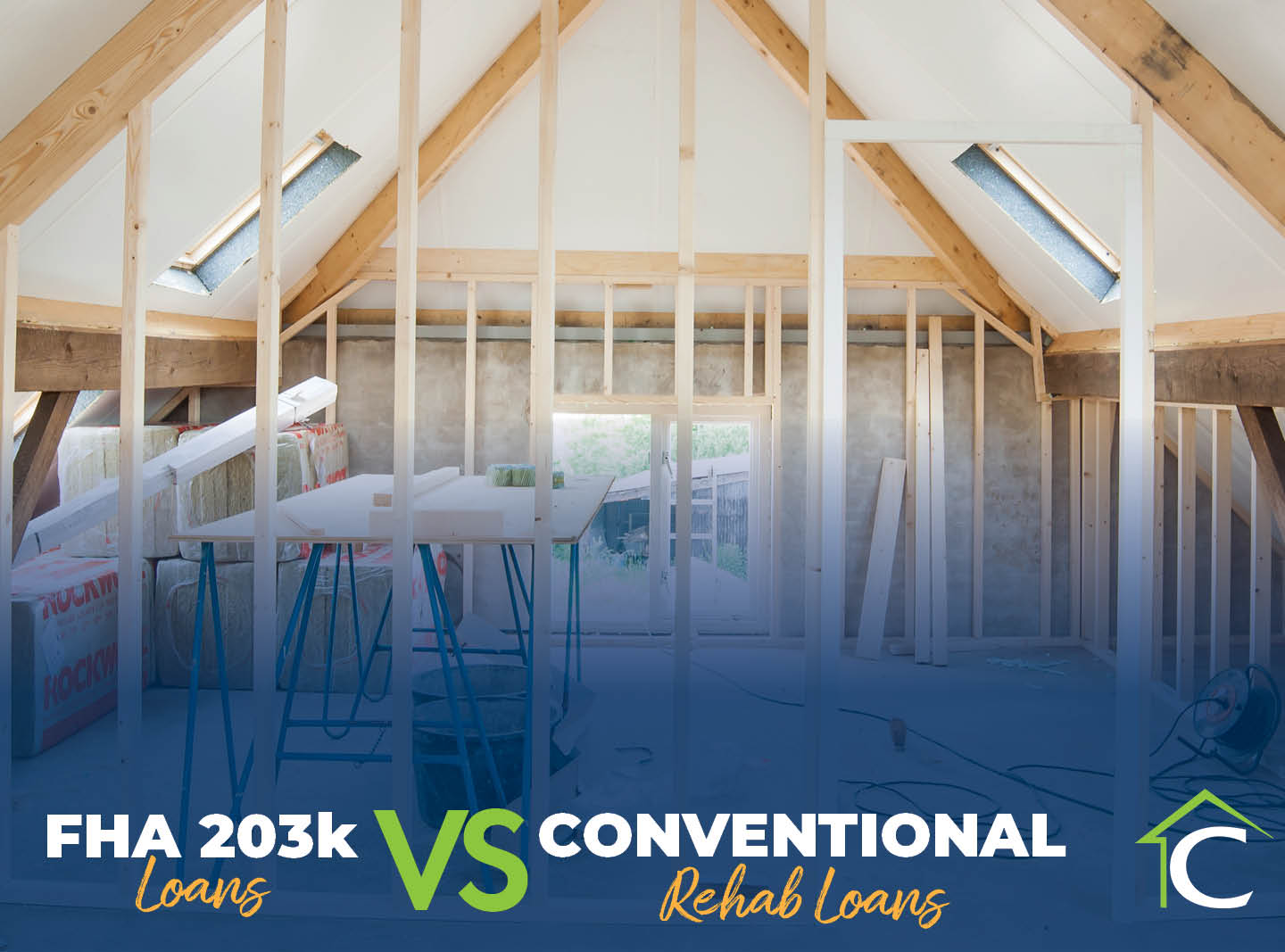With real estate inventory at its lowest levels since January 1999, this past year ended with an increase of existing U.S. home sales, at 6.12 million—the highest since 2006, according to the National Association of Realtors (NAR). As these numbers coincide with a quick seller’s market with low inventory, the currently tight real estate landscape is more competitive than ever.
"December saw sales retreat, but the pull back was more a sign of supply constraints than an indication of a weakened demand for housing,” states NAR Chief Economist Lawrence Yun in the group’s Jan. 20, 2022 assessment.
As the current housing supply remains low, and more and more homeowners stay in their current living situations, what can prospective buyers expect when making an offer on their dream property?
Especially if the seller is examining multiple offers above the asking price, taking steps such as removing contingencies and other obstacles could place you ahead of the pack. Having seasoned professionals on your team, such as real estate agents, mortgage lenders, and attorneys, will also help gain a foothold in the right direction.
Consult the following tactics, tips, and best practices to ensure a strong offer on your dream home.
1. Enlist licensed, experienced industry professionals.
Recruiting a trusted, reputable team is the first step toward having your offer accepted. These professionals help achieve your goals, and therefore should be honest and driven regarding any obstacles and challenges.
This begins with enlisting a real estate agent who can help navigate the market, as well as recommend other professionals, such as mortgage lenders, attorneys, home inspectors, and others.
It’s best to consult online real estate marketplaces for recommendations, or contact local trade associations for more information.
2. Obtain a pre-approval and mortgage commitment letter.
In less competitive times, prospective buyers could arrive at an open house with a mortgage pre-approval. However, with the current real estate landscape, many are going the extra mile to seal the deal. Obtaining a mortgage commitment letter grants a foothold over other prospective buyers. It demonstrates you’re serious about the property, and proves you have the necessary funds.
For extra assurance, Contour Mortgage offers its SecureBuy program. This holds even higher leverage than a mortgage commitment letter, with fully underwritten credit approval. Buyers can also receive priority consideration when making an offer and purchase, leading to a quicker closing process. Some sellers could even agree to a lower price point knowing this document is locked in place.
3. Include an escalation clause in your contract.
With the seller likely navigating several offers higher than the asking price, adding an escalation clause provides additional leverage. This indicates your willingness to match other offers received up to a specified price within limitations. For example, if the highest bid received is $10,000 above the original asking price, and you agree to pay up to $5,000 more than the highest bid, you’ll take control as the highest bidder.
While this strategy could lead to an accepted offer, it can be tricky should another buyer offer more than your pre-set escalation limit.
4. Offer earnest money in escrow.
As aforementioned, a mortgage commitment letter and fully underwritten credit approval provide a leg up on the competition. This can be stretched even further should you agree to include additional funds prior to contract signing. Known as earnest money, this is placed in an escrow account to show good faith the buyer is serious about purchasing the property. Typically between 1% and 3% of the purchase price, you can also offer more, for additional leverage.
Should the seller accept your offer and the deal closes, you’ll already have this additional money in place toward down payment.
5. Have all of your finances and qualifying documents in place.
Prior to any home search, it’s recommended to calculate budget and debt-to-income (DTI) ratios to determine down payments and mortgage financing.
This information should be readily available when initially meeting with your mortgage lender. If you’re unsure of requirements and documents, consult our quick tips to learn more.
6. Be prepared to waive contingencies.
Also known as a “clean” offer, this entails waiving the right to any contingencies, such as inspections, appraisals, sale of another property, or other financial obligations. This should also be free of any special requests or concessions, including the seller paying closing costs and repairs.
These can factor into specified buyer demands and requests. For example, the buyer might request the seller to leave certain personal items, such as indoor/outdoor furniture, appliances, or lighting fixtures. When waiving such special requests or demands, the seller could be more inclined to a quicker deal.
7. Agree to an “as is” contract.
These are common with fixer-upper or estate sale properties, when the seller is usually anxious to move quickly. Prospective buyers who don’t mind a rehab property can waive a home inspection and other repairs by accepting the house in its current condition. This could also be an attractive option for developers planning to gut or tear down the existing home, or a buyer obtaining a rehab mortgage such as an FHA (203)k loan.
8. Offer a leaseback arrangement to the seller.
Should the seller need additional time in the home following closing, prospective buyers can negotiate a leaseback arrangement whereby the buyer permits the seller to remain in the home for a reasonable, specified period, essentially leasing the home back until the seller leaves. Examples could entail the seller waiting to close on their new home, moving logistics backlogs, or weather-related conditions.
9. Consider adding an appraisal gap coverage clause.
Should the appraiser return with a market value price less than your accepted offer, you could face having to renegotiate the contract, or make up the difference. In some instances, if an agreement cannot be reached, the seller could walk away. However, with appraisal gap coverage, this legally binding clause states you can still purchase the home—even if the appraised value is lower than the agreed upon price.
While you don’t want to be forced to pay above market value, in this current competitive seller’s market, this clause is almost a necessity. Buyer and seller agree to how much you’re willing to pay above the appraised value, or you split the difference. Since this can be a source of contention leading to a possible lost deal, it’s important to have as much in writing as possible prior to signing the contract.
This helps secure your offer, and also provides protection against paying too much should there be a significant gap between it and the appraised value. You also won’t be expected to make up the difference should the seller want to increase the price to the appraised value.
10. Be flexible and willing to meet halfway.
Even the best-laid plans are fraught with challenges. Consult with your homebuying team, and maintain honest communication to ensure quick resolutions. Your real estate agent, mortgage lender, and attorney can also communicate on your behalf. Even if you can’t reach a specific agreement, a little flexibility goes a long way, and you’re more likely to meet somewhere in the middle.
The Takeaway
From obtaining pre-approvals to navigating the currently competitive real estate market, it’s best to enlist the assistance of a reputable mortgage lender with experienced loan officers. This can help minimize additional roadblocks and obstacles, as well as any concerns you may have throughout the process.


















